Using 'instancing/proxies' is fun
-
I really need to look into this instancing thing, they look so cool. I saw a render on the KT site once where a user populated a scene with a ridiculous amount of trees and it was awesome.
I like the dead trees above, the bunnies look very militant, almost threatening.... very cool.
-
A while ago I wrote Matrix+Proximity script.
Matrix lets you place 1d, 2d and 3d matrices of components, using randomized spacing, rotation or scaling - if desired. If you make these copies above a land-form then there's also a built in 'drop' function to plonk them down onto the ground sufrace.
Proximity works when you have three types of a component (e.g. tree1-, tree1~ and tree1+) that each have increasing amount of detail / polygons. So you model with the simple stick "tree1-", then when you want a detailed shadowed render you use it swap out any tree1's near to the camera with tree1+ and tree1~ in the middle-ground. A dialog lets you set ranges from the camera position for each. You can always swap all back to tree1- by setting the detail level to (near) zero...
It was the only way of using highly detailed components in large numbers without killing the processor. There could be many uses - landscape trees/bushes etc, people in crowds, cars in streetscapes, seats in stadia etc...
Generic 'simple' component use, with later swapping out seems the way forward ?
-
@TIG,
I didn't have the chance to try out the 'matrix-proximity' plugin but I certainly will.
A little experiment on populating the Sharoun scene with proxies :
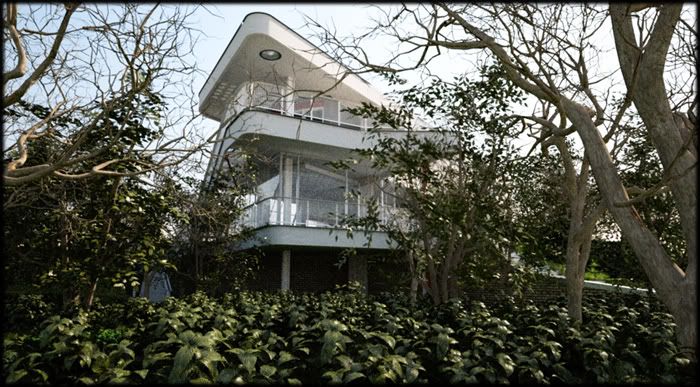
For the record: only 3 components were used.
When using proxy/instancing a degree of randomness seems to be easily accomplished, even with a low number of different tree components:Too bad it is not possible to have the same view within Sketchup itself for e.g a hidden line SU render.....

-
Jason, Pavol made new build of maxwell exporter?
biebel, great pic!
dark-green autumn(close) world -
Some roses added and a somewhat different tonemapping:

Once you start using instances/proxies, you don't need to worry about polycount anymore in sketchup....that is if you are willing to give up the ability to have default sketchup image output. ( the dummies look like crap in your SU viewport
 )
) -
As a note,
I used TBD's 'drop.rb' ruby to place the array of low poly dummies on the sloped terrain.The SU screen:
The blue box shows one selected dummy. In this case,I replaced the high poly rabbit component with a dummy containing just 10 triangles. The dummy was copied 2500 times and the array dropped on the terrain;
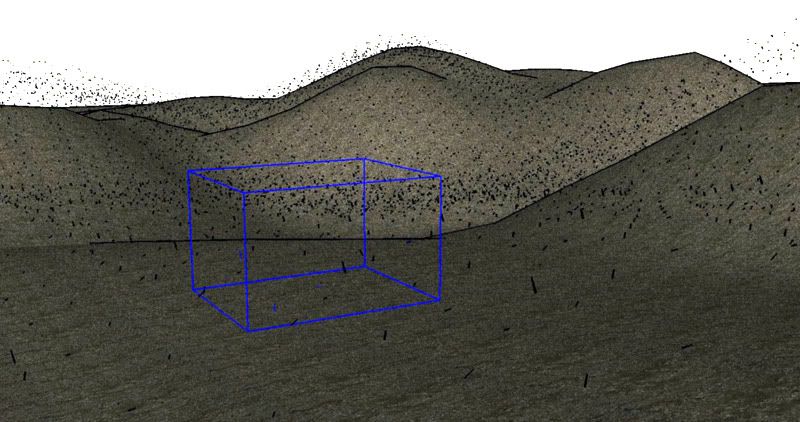
-
This is a crop of the original sized image so you can see some of the veg in close-up:
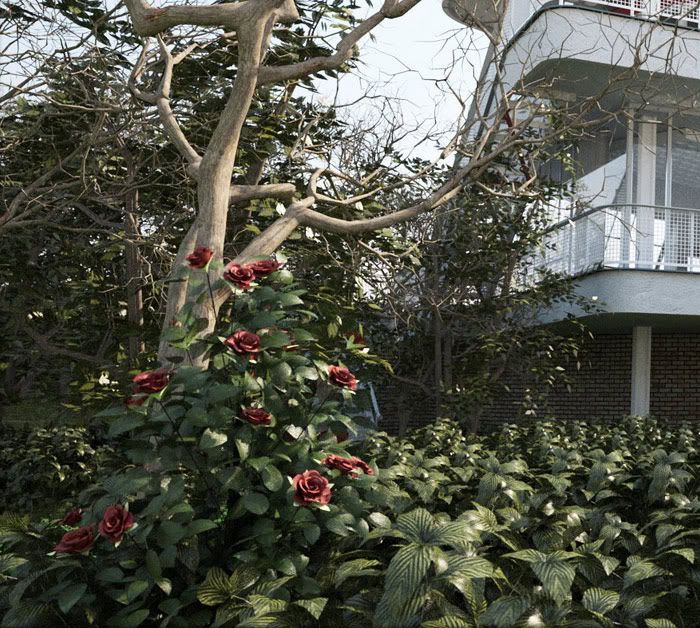
-
Dang!!!
What app did you use? Fryrender?
That is amazing.
-
Thanks Pete,
Yes, I used Fry render for this one. I let it render for about 4 hours, which I find acceptable for a complex scene like this to get it clean.I am not planning to render this with other soft (Indigo and KT has instancing too) as I would have to start again from scratch (they all have different methods of making proxies).

Cheers,
Kwistenbiebel -

Really impressive, Kwistenbiebel...

Could fool many to believe this was a real photo...

-
Hi master Kwisten

REALLY impressive images! I assume you've done an export from Sketch to fry, before the render: am i right?If so, i'd be very very very interested in how did you map the foliage on the plants and bushes. And I'd very like to know where the rose-bush component comes from...
I've tried converting to ".3ds" some 3D trees i found for 3dsMax, but mapping every single leaf it's an endless work to do: how can you do that? If i can ask, obviously: this can be a little secret to keep, i'd understand you

Thank you so much, however!
-
Thanks.
@Pibuz,
Actually hitting 'render' in Fry exports the scene and automatically starts the rendering in the Fry standalone. But you can also choose 'export only' and start the rendering later on.
In this case, because of the use of proxies, the export time was really short as the amount of geometry was kept low.
I didn't model the vegetation myself, some are commercial and came with textures applied. -
Indigo instancing.
The house model from Vizdepot (new Charette).
3D vegetation added and instanced.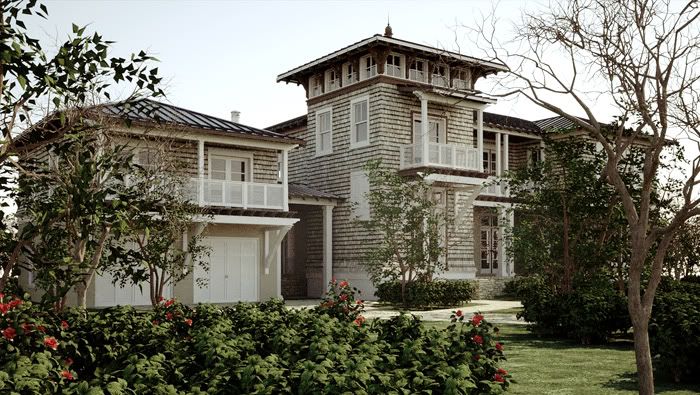
-
no way
 ...
...
i trick us, it's foto!
Ono and Whaat make new camera driver
-
Dang!!
Sweeeet!
How the heck are we supposed to keep up with all the new features, i am still trying to master the old ones, if one has to try stay abreast with all the new developements the term 'starving artist' surely would be reality.
Excellent visual there Chris.
-
Chris, one question...have you try to add SSS-feature for leaves(in front of view, elight some dark sites) or postwork made grafik.editor?
i know it's slow...but... -
Nice image. Indigo's good stuff.
-
Thanks Ilay7k and Solo

@Solo,
I think instancing and displacement are two of the newer features that can boost a render a lot. (displacement not available in Indigo yet)
By the way, I am amazed with the things you pull off with Vue extreme, a technology I personally know zip about.@Ilay,
I didn't use SSS on the leaves.
In the Indigo render they are plain diffuse (the Fry versions has specularity assigned).
I'll try the SSS feature later on, but I think render time will suffer from it.Thanks for your comments,
Kwistenbiebel
-
What can I say...?!?
Looks top dollar...

-
Thanks Stinkie and Frederick.
I launched another view (Skindigo) and let it render the length of a game of squash

The roses seem to be slightly oversaturated. Not sure about the rotated view either:
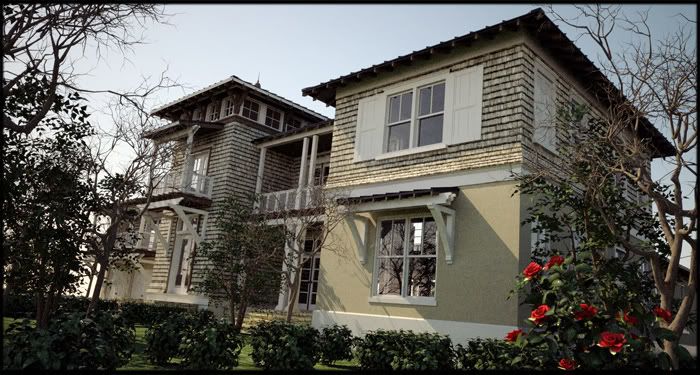
Advertisement







